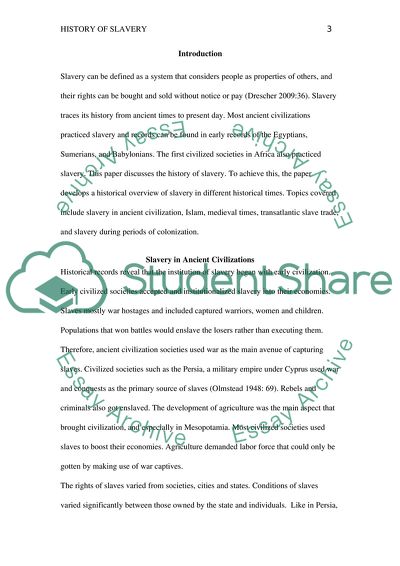Cite this document
(Slavery has a long history. Discuss Coursework Example | Topics and Well Written Essays - 1500 words, n.d.)
Slavery has a long history. Discuss Coursework Example | Topics and Well Written Essays - 1500 words. https://studentshare.org/history/1809967-slavery-has-a-long-history-discuss
Slavery has a long history. Discuss Coursework Example | Topics and Well Written Essays - 1500 words. https://studentshare.org/history/1809967-slavery-has-a-long-history-discuss
(Slavery Has a Long History. Discuss Coursework Example | Topics and Well Written Essays - 1500 Words)
Slavery Has a Long History. Discuss Coursework Example | Topics and Well Written Essays - 1500 Words. https://studentshare.org/history/1809967-slavery-has-a-long-history-discuss.
Slavery Has a Long History. Discuss Coursework Example | Topics and Well Written Essays - 1500 Words. https://studentshare.org/history/1809967-slavery-has-a-long-history-discuss.
“Slavery Has a Long History. Discuss Coursework Example | Topics and Well Written Essays - 1500 Words”. https://studentshare.org/history/1809967-slavery-has-a-long-history-discuss.


